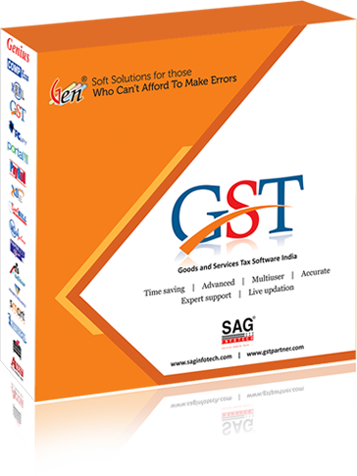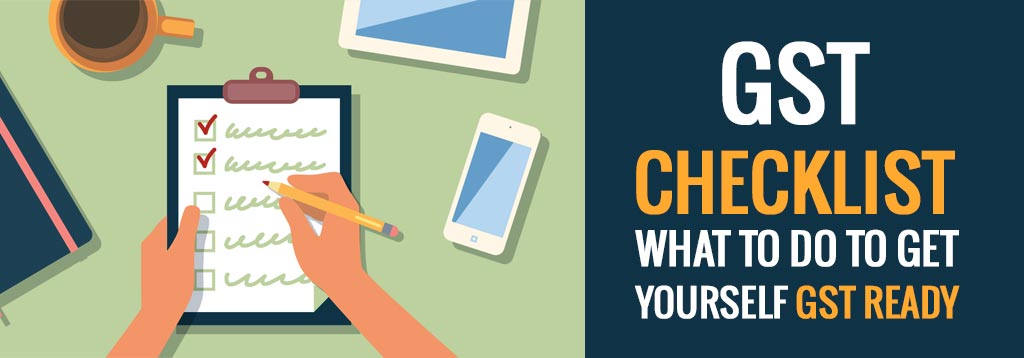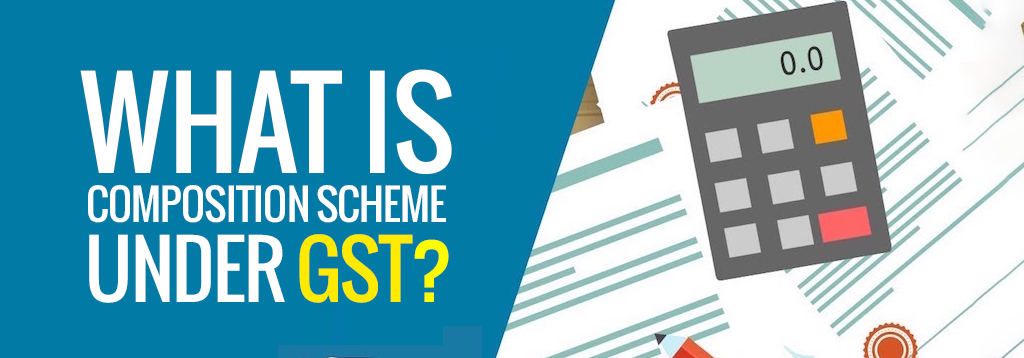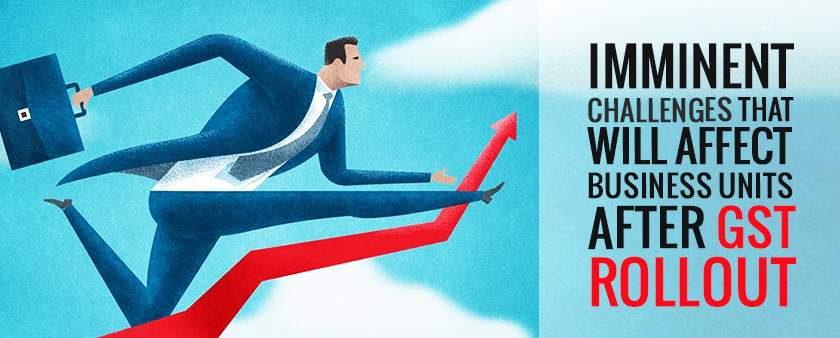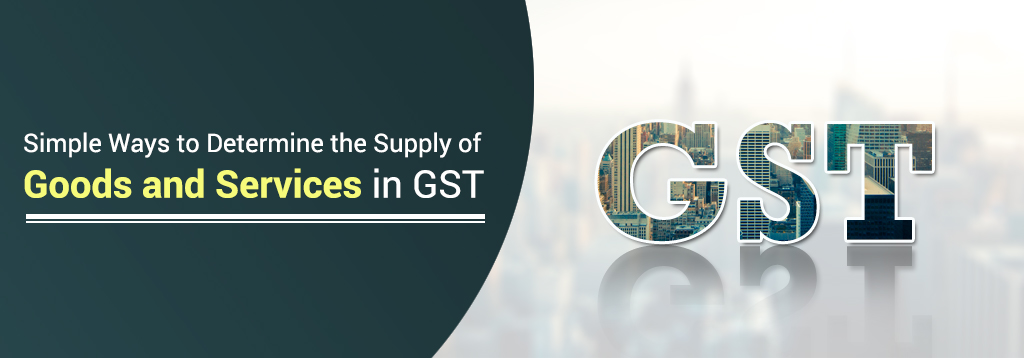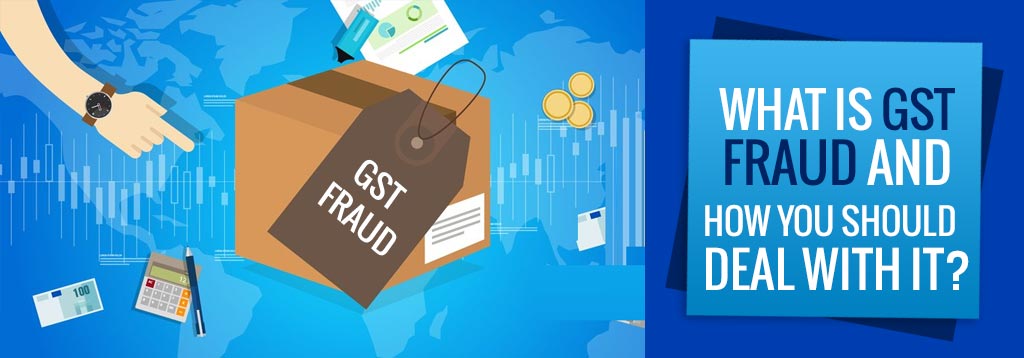
With the official release of GST tax system in India on 31st July, the complaints about fraud in GST implementation have already started flowing. Since most of the common people are still not completely aware of the exact GST rates applicable on various goods and services, they are being cheated by the shopkeepers who may have been charging GST at wrong rates. These types of actions where more than applicable or wrong GST is levied from the customer are considered GST frauds.

